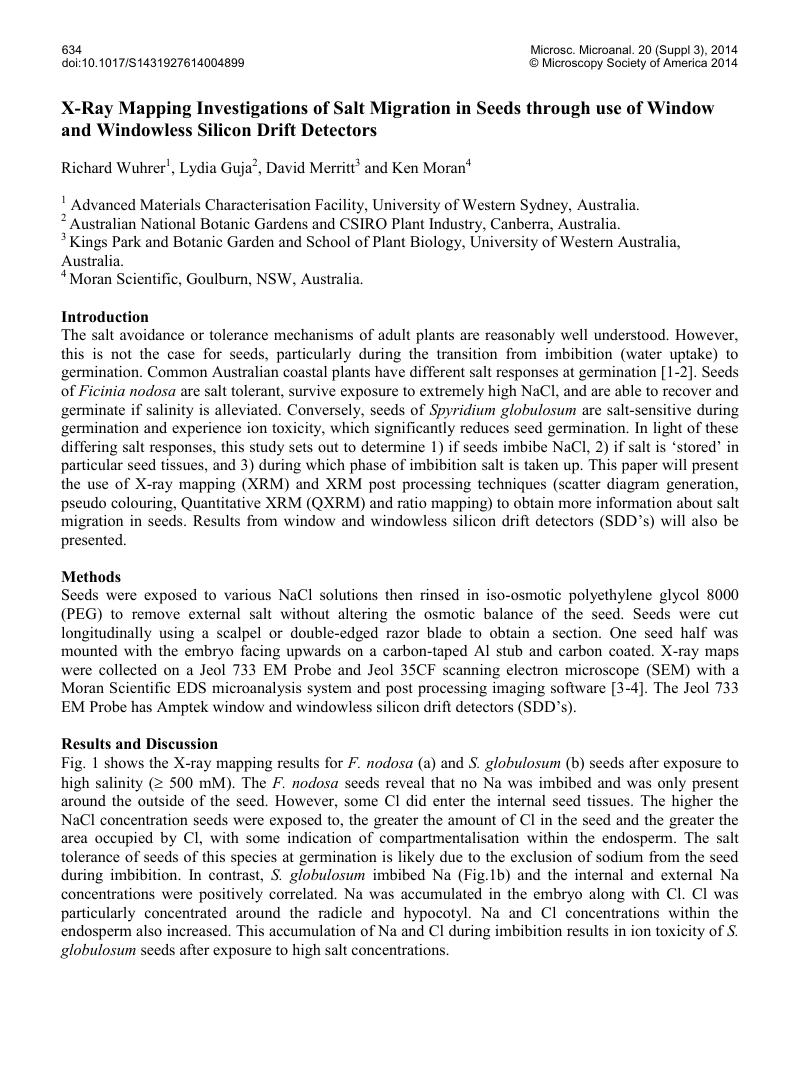Crossref Citations
This article has been cited by the following publications. This list is generated based on data provided by Crossref.
Wuhrer, R
and
Moran, K
2016.
Low voltage imaging and X-ray microanalysis in the SEM: challenges and opportunities.
IOP Conference Series: Materials Science and Engineering,
Vol. 109,
Issue. ,
p.
012019.





